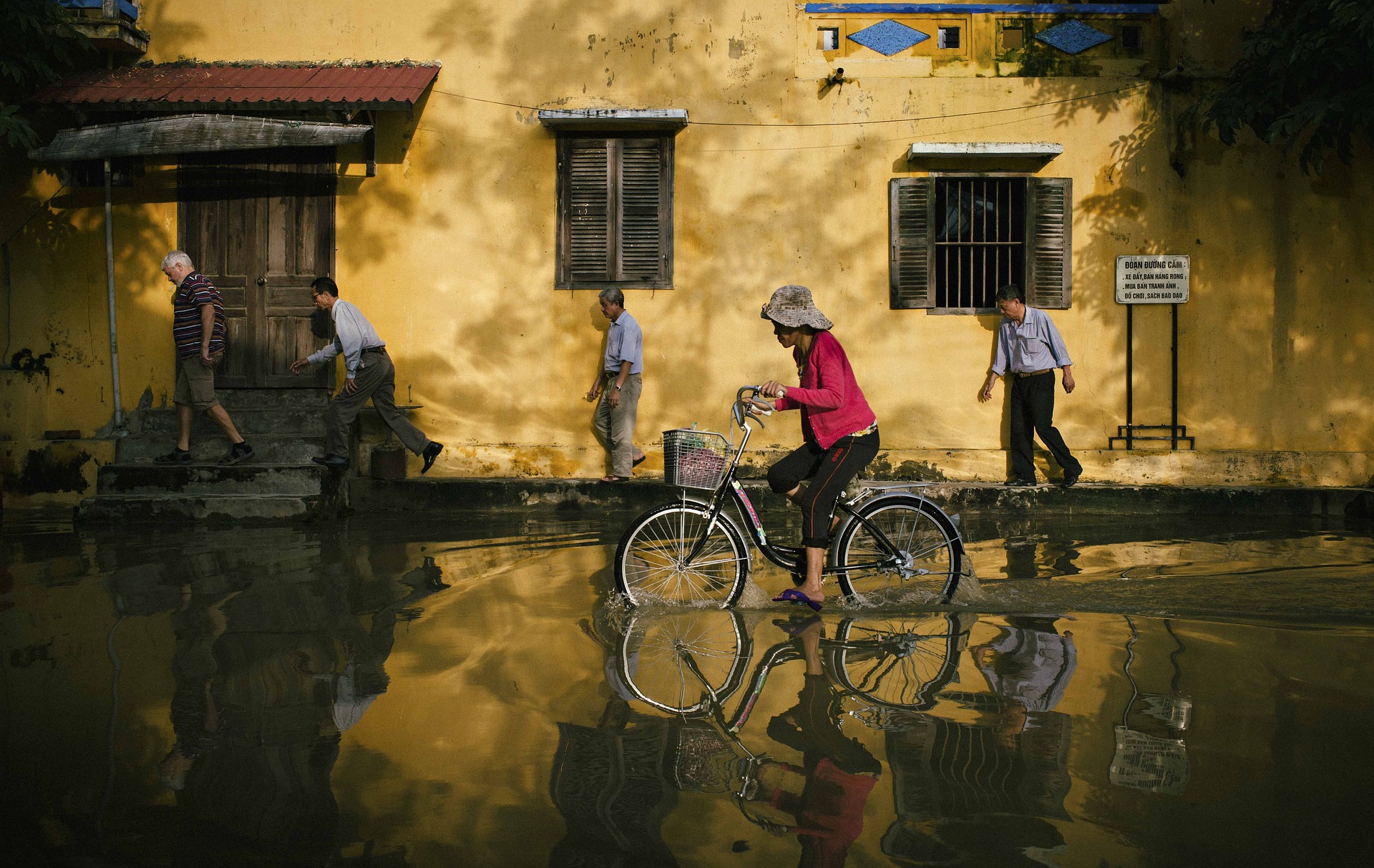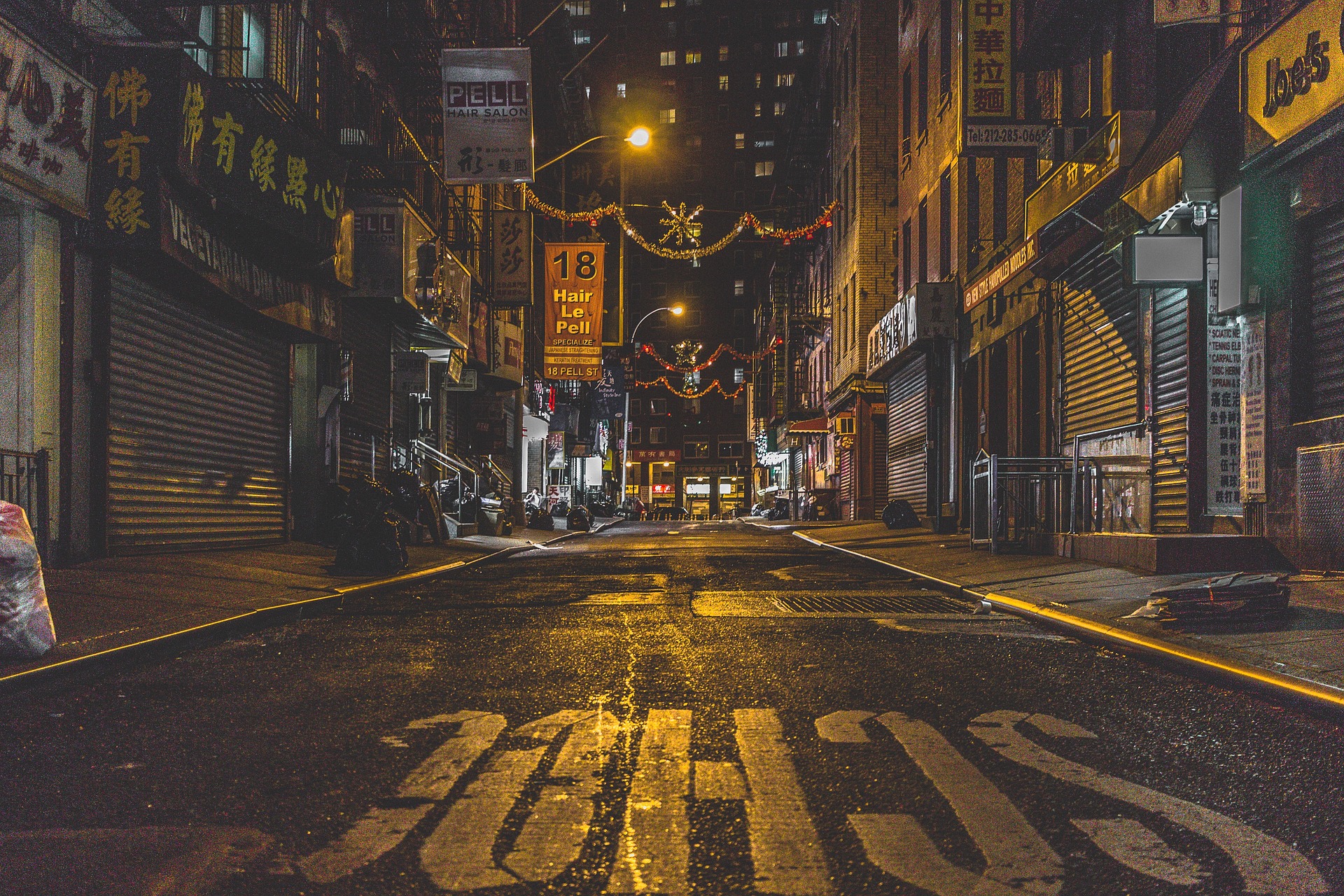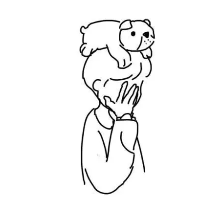A Cross-Era Artistic Dialogue and Cultural Reflection
Abstract
Spring in a Small Town stands as a seminal work in Chinese cinema, marking a pivotal moment in film history with its original 1948 release directed by Fei Mu. This film is celebrated for its profound emotional depth and distinctive artistic style. The 2002 remake by Tian Zhuangzhuang reintroduces the narrative, embodying both a tribute to the classic and a reinterpretation through contemporary lenses. This paper examines the two versions, exploring how cinematic art from different eras reflects and responds to societal and cultural changes, impacting narrative style, visual aesthetics, and emotional expression.
Introduction
The original Spring in a Small Town (1948), directed by Fei Mu, is pivotal in Chinese film history, emerging at a time of significant sociopolitical upheaval. By contrast, the 2002 remake by Tian Zhuangzhuang emerges in a period of rapid economic and cultural evolution. This study delves into how each version mirrors its respective era's societal ethos and artistic trends.
Historical Background and Overview of Film Versions
1.1 The 1948 Version
Emerging during the turbulent closing days of China’s civil war, Fei Mu’s Spring in a Small Town reflects a society in disarray. Films of this era began to mirror the zeitgeist, addressing themes of uncertainty and longing amidst turmoil. Fei Mu's cinematic techniques, such as long takes and natural lighting, not only highlighted emotional subtleties but also aligned with the burgeoning exploration of film as an artistic medium.
1.2 The 2002 Version
In stark contrast, the 2002 version by Tian Zhuangzhuang coincides with China’s reform era, characterized by economic growth and societal transformation. This period saw advancements in film technology and a diversification of cultural narratives. Tian's adaptation reflects a modern reinterpretation, embracing both technological advancements and an evolved cultural landscape.
Narrative Style and Emotional Expression
2.1 Use of Narration and Internal World
In the 1948 version, the use of narration, especially through the character Zhou Yuwen, serves as a conduit for internal emotional landscapes. This narrative device establishes an immediate intimacy between character and audience, aiding in the exploration of suppressed desires and societal constraints.
Conversely, the 2002 version eschews narration, opting instead for visual storytelling and non-verbal communication. This subtler approach invites viewers to interpret emotional undertones through gestures and environmental cues, demanding a more participatory viewers’ engagement.
2.2 Plot Adjustments and Thematic Depth
While both films share narrative cores, their thematic emphases diverge. The original focuses on nuanced psychological conflicts within traditional constraints. In contrast, the remake introduces more direct dialogues and actions, reflecting contemporary values of openness and individualism, and exploring personal desires vis-à-vis societal norms.
2.3 Character Interaction and Emotional Complexity
Both versions showcase complex emotional dynamics, yet their portrayals differ. The 1948 film employs understated non-verbal cues, while the 2002 remake highlights explicit emotional exchanges, reflecting modern expectations for character development.
Visual Aesthetics and Technological Application
3.1 Black and White vs. Color
The original’s black-and-white aesthetic adds a timeless artistic quality, using shadows and contrasts to heighten dramatic tension. The 2002 remake’s color palette enhances emotional immediacy and thematic contrasts, utilizing visual vibrancy to parallel narrative intensity.
3.2 Cinematography Advances
Fei Mu’s use of deep focus in the 1948 film enriches narrative depth, allowing multifaceted scene exploration. Tian’s remake employs modern techniques like digital filming and dynamic camera movements, crafting an immersive visual narrative that bridges classic storytelling with contemporary cinematic advancements.
3.3 Role of Music and Sound
Soundscapes in both films augment emotional resonance. The 1948 iteration uses minimalist scores to evoke nostalgia, while the 2002 version blends traditional and modern elements, creating a layered auditory experience that underscores thematic evolution and character emotion.
Character Development and Performance
4.1 Character Traits and Psychological Evolution
The portrayals of Zhou Yuwen differ significantly: the 1948 version presents her as a traditional, introspective figure, while the 2002 version portrays a more assertive, modern individual. These portrayals mirror shifting societal views on gender roles and personal autonomy.
4.2 Acting Styles Across Eras
Performance styles reflect their respective cultural contexts. The 1948 version embodies restrained emotionality, while the modern adaptation embraces openness and directness, aligning with contemporary societal values.
4.3 Relationships and Interactions
The films showcase evolving interpersonal dynamics, from subtle, implicit exchanges in the original to explicit, pronounced interactions in the remake, highlighting changes in societal norms regarding emotional expression.
Cultural Reflection and Artistic Value
5.1 Traditional Morality vs. Modern Values
Both films scrutinize the tension between tradition and modernity. The original critiques societal constraints, while the remake advocates for personal freedom and emotional authenticity, illustrating evolving cultural narratives.
5.2 Gender Roles and Social Status
Depictions of gender reveal significant contextual shifts. The original underscores female marginality within traditional frameworks, whereas the remake presents empowered, autonomous women reflecting societal advancements.
5.3 Impact on Contemporary Audiences
Both versions provide cultural and artistic insights. The original remains a poignant critique of societal norms, while the remake challenges viewers to reconcile traditional values with modern aspirations, offering a dialogue on continuity and change.
Conclusion
The original Spring in a Small Town remains a masterpiece of emotional depth and aesthetic innovation. Its portrayal of societal constraints offers enduring reflections on personal and cultural struggles. The 2002 remake revitalizes these themes with a modern perspective, employing technological advancements and a contemporary narrative approach.
Together, these films encapsulate a rich tapestry of Chinese cinema, illustrating the dynamic interplay between tradition and modernity. They invite audiences to ponder the intricate balance between personal desires and societal expectations, providing timeless reflections on human experience.
References
Bordwell, D., & Thompson, K. (2004). Film Art: An Introduction. McGraw-Hill.
Berry, C. (2003). Chinese Films in Focus: 25 New Takes. British Film Institute.
Zheng, D. (2005). "Modernity and Tradition in Chinese Cinema: A Comparative Study of ‘Spring in a Small Town’ and Its Remake." Journal of Chinese Cinematic Studies, 2(1), 34-51.
Lu, S. H. (1997). Transnational Chinese Cinemas: Identity, Nationhood, Gender. University of Hawaii Press.




